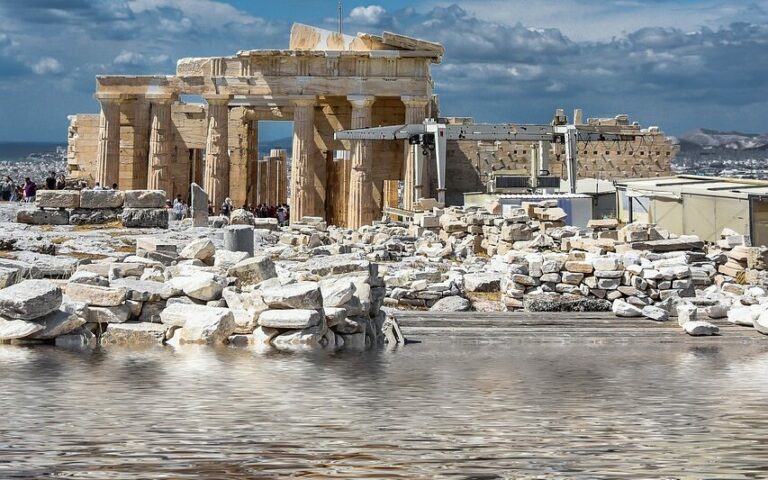A Tale of Cloaks Through History
draped in mystique
The cloak, a garment drenched in mystery and practicality, has journeyed through countless quests, expeditions, and odysseys. Evolving through the ages from protective gear to a symbol of power and mystique. This article delves into the fascinating history of cloaks, unraveling their origins, cultural significance, and transformation through various civilizations.
The earliest known cloaks date back to the Neolithic period, evidenced by archaeological findings such as the well-preserved garments found in Danish bogs. These primitive cloaks were primarily utilitarian, fashioned from animal skins and later from woven fabrics, serving as protection against the elements.
As civilizations advanced, the cloak became more than a shield against the cold and rain. In ancient Greece, the ‘himation’, a type of cloak, was a staple in both men’s and women’s wardrobes. They signified status and modesty. The Roman ‘pallium’ and ‘lacerna’ further exemplified the cloak’s evolution into a fashion statement, often dyed in vibrant hues and adorned with intricate patterns.

In Medieval Europe, the cloak, or ‘mantle’, assumed a vital role in the societal hierarchy. The Bayeux Tapestry, an iconic medieval artifact, depicts several figures adorned in cloaks, indicating their high status. The Renaissance era witnessed a transformation in cloak designs, with the introduction of sumptuous fabrics like velvet and silk, often lined with fur for the elite.
The cloak’s association with mystique and power was palpable in the royal courts. Kings and queens donned majestic cloaks as a symbol of sovereignty. This is often depicted in portraits to emphasize their authority and divine right.

Beyond its practicality and fashion, the cloak has been a potent symbol in various cultures. In Celtic traditions, the cloak was thought to possess magical properties, capable of bestowing invisibility or protection. In Norse mythology, cloaks were often associated with the gods, signifying power and might.
The cloak’s symbolic nature permeated into literature and folklore. In many tales, cloaks are portrayed as magical artifacts granting the wearer special abilities. This reflects their deep-rooted symbolism in human consciousness.

The industrial revolution and the advent of modern tailored coats led to the decline in the popularity of cloaks. However, the 20th century saw a revival of interest, particularly in the fashion world. Designers began reimagining cloaks, blending historical elements with contemporary styles, making them a statement piece in haute couture.
Today, cloaks are often associated with fantasy and historical reenactments, continuing to capture the imagination of people fascinated by their rich history and cultural significance.
From Neolithic shelters to symbols of power and mystical artifacts, the history of cloaks is as layered and enveloping as the garment itself. As a testament to human ingenuity and cultural evolution, cloaks not only provided warmth and protection but also became a canvas for expressing identity, status, and legend. The story of the cloak, woven through time, continues to intrigue and inspire, a timeless emblem of humanity’s rich and diverse tapestry.
If this article piqued your interest, don’t miss our exploration of “PANKRATION: THE MARTIAL ART OF ANCIENT GREECE.” Dive deeper into the ancient world by clicking the button below.








